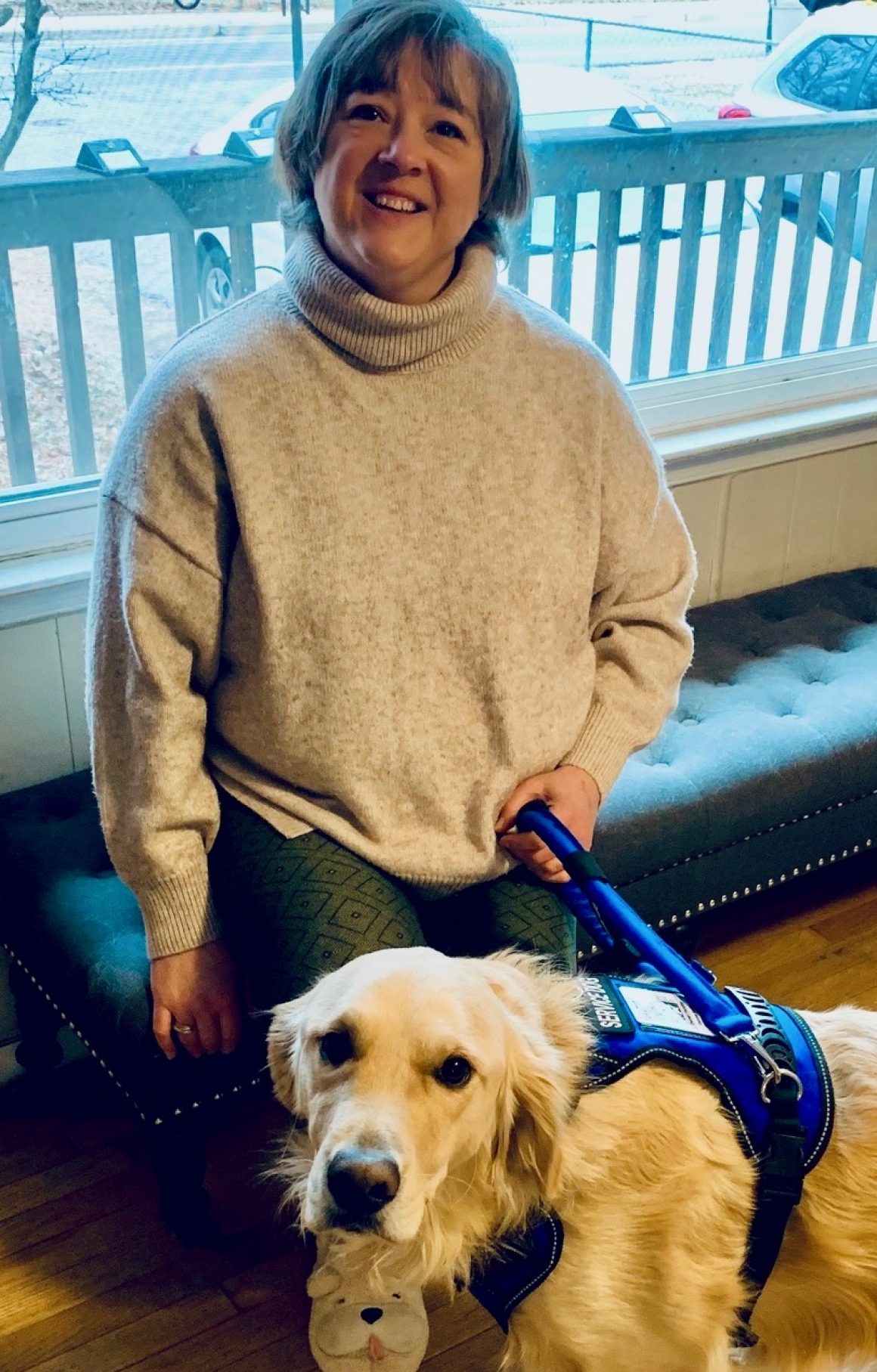A new school year is right around the corner. I love teaching psychology courses. I love teaching. I love students. I love Anne Arundel Community College. I have a great number of “loves”, am I right?
The biggest “love” (other than the guy in the picture with me – married 32 years now) is that I am in a place where numerous opportunities await. An over all “motto” on my campus is “Engagement Matters“. I know this sounds like I’m tooting my own horn, but I was doing “engagement matters” before “Engagement Matters”. This isn’t some special talent, skill, nor ego booster. I try to see… really SEE the students in my classes. Why?
I have been invisible in my pain and loneliness before.
Having just one person notice and tell me they cared made all the difference.
It is relatively easy to see people who are versions of “self”. I want to tell you a story that for me, was the catalyst for changing how I see my students. Many of our faculty offices at Anne Arundel Community College are shared. Several years ago, I was in the adjunct faculty office sitting in one of 5 desks. I usually get to know the other Psychology faculty, but this specific office is shared by other departments. To this day, I have no idea who this teacher was. I only know she taught history. A student was meeting with her. The student was sitting in an easily recognizable “defensive” position, just oozing aloofness and apathy about what she was hearing. It seemed she had done poorly on an exam and had met with this professor to see what kinds of extra credit were available. Unfortunately, this teacher was not really seeing her. Perhaps the student felt backed into a corner? Maybe an earlier excuse she had provided (that I had not heard) was shot down. All I know for sure was that she had given up trying to get the professor to cut her a break and instead protected herself with a belligerent, bored, and apathetic attitude. My class start time was approaching so I packed up my stuff and headed outside with Milo (my service dog) to give him one more potty break before class.
When I returned to the building, this student was sitting in an alcove crying her eyes out. I “saw” her, as did Milo-bear. He led me over to where she was sitting and I sat down next to her. Milo put his head on her knees. She looked up in surprise and then continued to “release heart pressure” as she gently stroked Milo’s head. I didn’t say a word. She had seen me in the faculty office. (It’s hard to miss a professor with a service dog). She didn’t say a word.
erm… Milo didn’t say a word (but was “speaking” volumes).
About 15 minutes later, she quietly said “thank you” and gathered her things and left. I grabbed my stuff and headed to the elevator, now fairly late to class.
“Sorry, sorry, SORRY” I chanted as I rushed into class out of breath. “Sorry, I’m late!”
My students looked up and smiled, putting their phones up that they had been using to take advantage of my tardiness. “Drew” (name changed) piped up and said, “Bob Burg, right?“. Another student explained, “Yup. We saw you with that student having a meltdown!”
I stood there a little bewildered trying to catch up with what they were saying. Another student (able to decipher the confused look on my face), added, “Yeah! Remember the meme you shared in class last time?”
In my Psych of Relationships class we had just covered communication and learning to take an interest in others – even total strangers, and WHY we should do so. I had just shared in the last class, a slide with this photo/meme:
I had steered our discussion towards seeing beyond the words. Seeing someone who is hurting can quite literally mean the difference between life and death. We discussed different opportunities we have had. Opportunities to take a few minutes to make a difference and to CARE. Sometimes a topic just “takes off” in class and numerous students shared how it felt for someone to take an authentic interest in them and to really SEE them. Through a “Poll Everywhere” activity, we took a quick class vote of who was currently going through something difficult and felt invisible and alone in their pain. Nearly 87% of the class signed in to say “this is me“.
The class looked around in astonishment. One student said, “Everyone in here looks happy!”
BINGO
We have to look beyond a quick glance. Really SEE the whole person.
This time of year reminds me to make it my heart’s prayer and my default response to be the kind of person who really SEES other people. It only takes a few minutes to show someone you see them. By…
… giving a gentle hug
… asking if they are OK
… just being with them for a few moments
… simply saying, “I care”.
Try to see each other out there.
L. Denise Portis, Ph.D.
©2018 Personal Hearing Loss Journal







